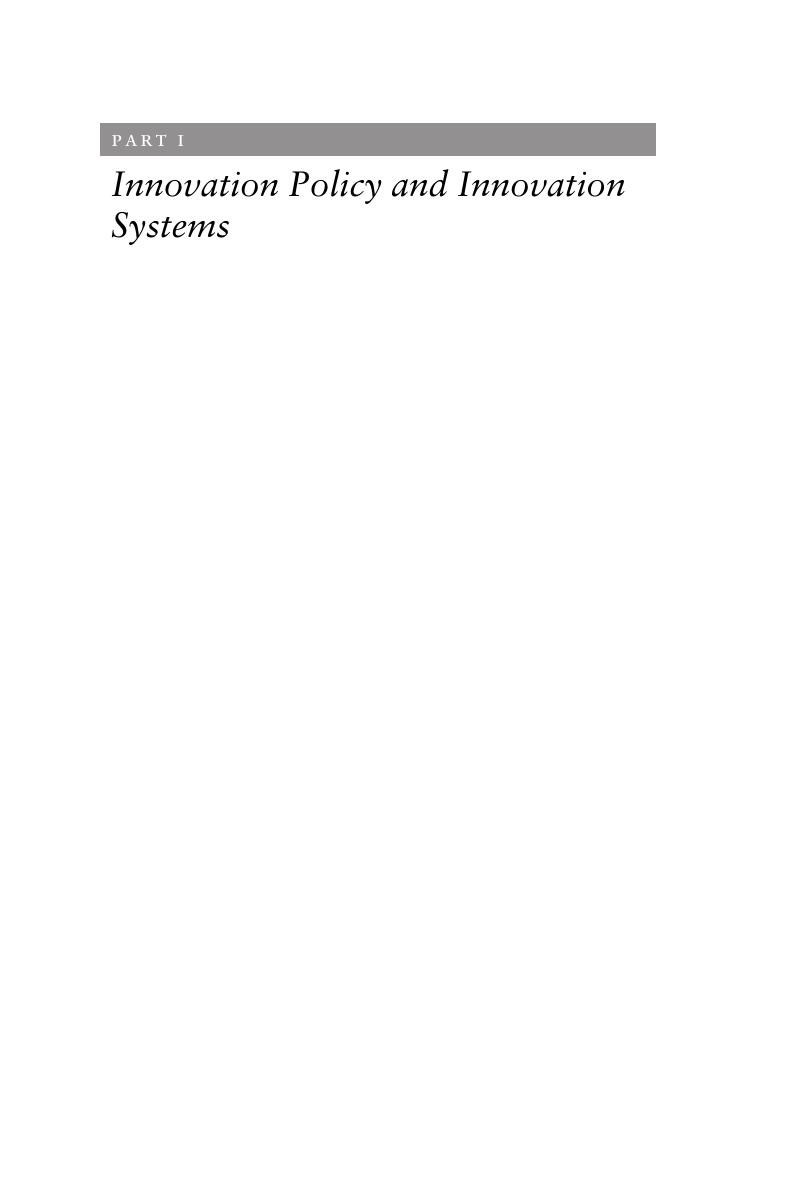Book contents
- Innovation Systems, Policy and Management
- Innovation Systems, Policy and Management
- Copyright page
- Contents
- Figures
- Tables
- Contributors
- Preface
- Acknowledgements
- Abbreviations
- Introduction
- Part I Innovation Policy and Innovation Systems
- Part II Innovation in Developing and Emerging Countries
- Part III Regional Innovation Systems and Policies
- Part IV Innovation Management and its Links with Policy
- Index
- References
Part I - Innovation Policy and Innovation Systems
Published online by Cambridge University Press: 10 August 2018
- Innovation Systems, Policy and Management
- Innovation Systems, Policy and Management
- Copyright page
- Contents
- Figures
- Tables
- Contributors
- Preface
- Acknowledgements
- Abbreviations
- Introduction
- Part I Innovation Policy and Innovation Systems
- Part II Innovation in Developing and Emerging Countries
- Part III Regional Innovation Systems and Policies
- Part IV Innovation Management and its Links with Policy
- Index
- References
Summary

- Type
- Chapter
- Information
- Innovation Systems, Policy and Management , pp. 25 - 146Publisher: Cambridge University PressPrint publication year: 2018



